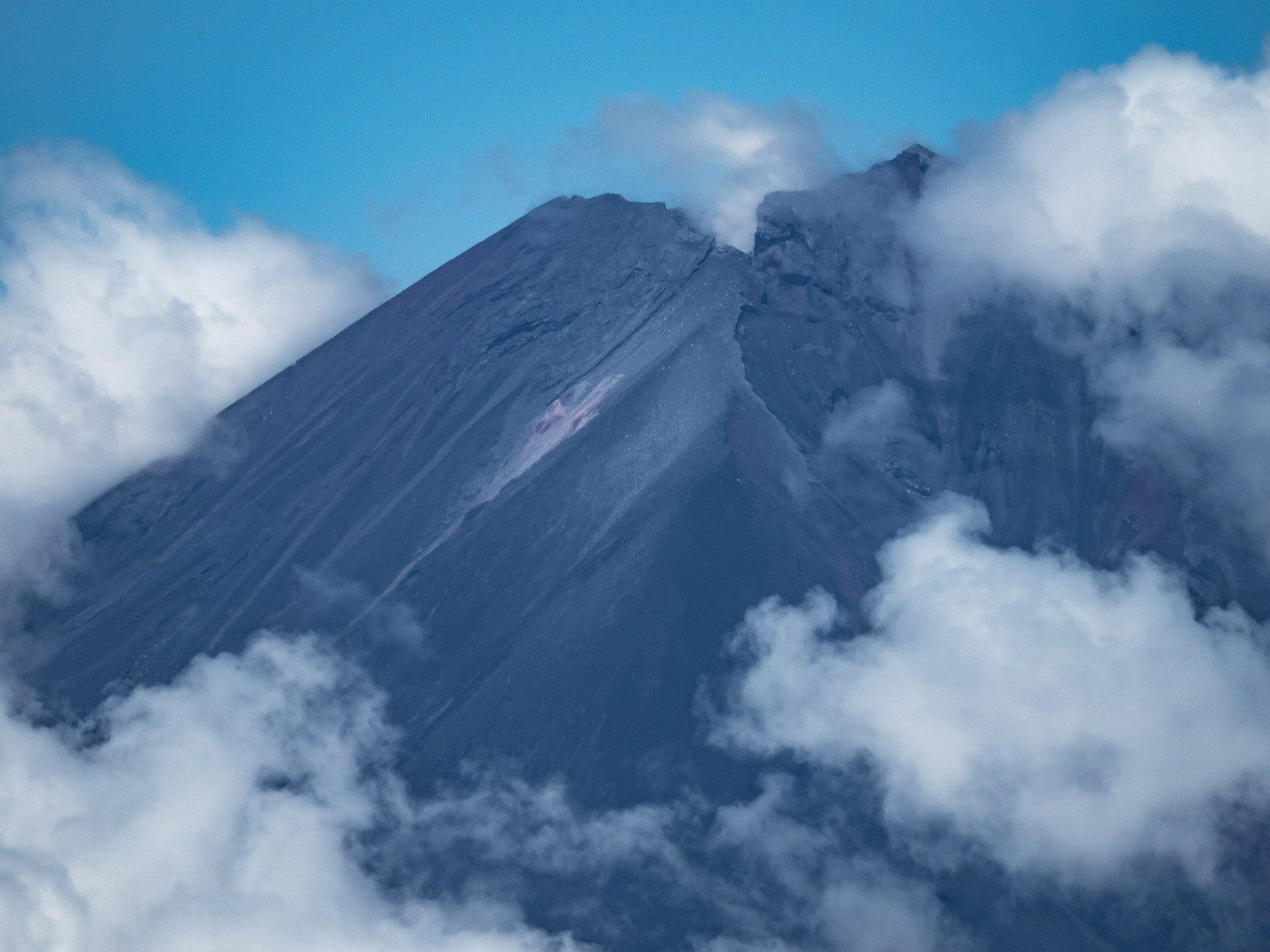A volcano erupted in Iceland. The cloud is coming to Europe

On March 17, a volcano erupted on the Reykjanes Peninsula in Iceland. Of the four eruptions so far recorded in the region since December, this one was the largest. The Copernicus Atmosphere Monitoring Service (CAMS) is tracking the sulfur dioxide (SO2) cloud emitted by the eruption as it moves towards Europe.
CAMS forecasts for the composition of the atmosphere, based on the analysis of satellite observations, contain information on the amount of SO2 in the atmosphere, a significant source of which may be volcanic eruptions. Measurements made for Iceland after the eruption recorded clouds with increased total column loading (up to 10 Dobson units). Clouds are moving east from the North Atlantic through Ireland and the UK. They will most likely arrive in Scandinavia on Wednesday. They will then move over the Baltic Sea and pass over the Baltic states, Poland and northwestern Russia on Friday.
CAMS senior scientist Mark Parrington comments: “Previous eruptions did not emit enough SO2 to be monitored and recorded in our system. This time, the amount of SO2 emitted was very clear in the observations. We are closely monitoring the cloud formation, although we do not expect its movement over northern Europe to have an impact on surface air quality or climate.”
CAMS director Laurence Rouil adds: “Volcanic eruptions and high sulfur emissions can impact not only the air quality in the region where they occur – they can impact global processes such as stratospheric ozone concentrations. The effects of volcanic eruptions in Iceland on the atmosphere have not yet been so serious. “The most important thing now is to continue to monitor developments.”
SO2 CAMS measurements, made on the basis of collected satellite data, assume an initial injection height of approximately 5 km. Based on data from the Integrated Forecast System (IFS) operated by the European Center for Medium-Range Weather Forecasts (ECMWF), cloud movements are predicted over the next 5 days.
Current forecasts are initialized based on new observations every 12 hours. ECMWF implements CAMS activities on behalf of the European Union. CAMS forecasts show the state of SO2 gas in the atmosphere, but do not provide information on volcanic ash, which is under the observation of Volcanic Ash Advisory Centers (VAACs).






